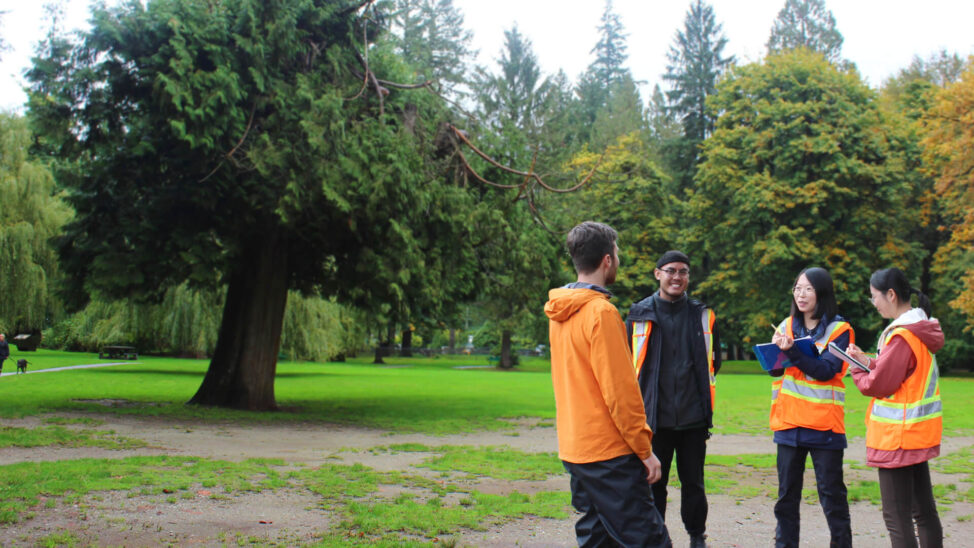Invasive alien forest species represent a significant threat to Canada’s forests. One consequence of the expansion of global trade and transportation networks is a sharp increase in the number of foreign invasive insects and pathogens that are intercepted or introduced to our shores. Once they arrive, these invasive species are hard to eliminate or contain, and may lead to severe infestations which destroy large forested areas. This negatively impacts biodiversity, recreation opportunities, and commercial values.
As a forest pathologist, I believe proactive bio-surveillance is crucial in preventing future invasions. But, there are some serious challenges to preventing potential introductions. It is difficult to know where potential invaders come from, and their origin – this information would be needed in order to block these pathways at the source. It is also difficult to predict what alien species will become invasive and threaten our forests; after all, only a fraction of the alien species become invasive.
Some of the solutions to these challenges can be found in the extraordinary toolbox of genomics. My work focuses specifically on using genetic and genomic approaches to better understand forest disease epidemics and in the development of diagnostic and monitoring tools. Currently, I lead a large multidisciplinary project on the BioSurveillance of Alien Forest Enemies (BioSAFE), which brings together a team of over 85 experts working on the development of genomic tools that will improve our ability to detect invaders and prevent their spread.
One very successful invader we are studying is the fungal pathogen that causes Dutch elm disease (Ophiostoma novo-ulmi), one of the deadliest tree diseases in the world. Our team decoded the genomes of nearly 100 samples of this pathogen from a global collection from Asia, Europe, and North America to better understand how it became such a virulent tree killer.

One surprising result of our study, published recently in Nature Ecology and Evolution, is that we found considerably more diversity than initially expected. Alien invaders typically go through a “genetic bottleneck” after their introduction because only a few, with a limited gene pool, become established. This usually limits the adaptive potential of those invaders. But we found that hybridization with different species or taxa drove this increase in diversity in the Dutch elm disease pathogen and that the hybridization was widespread as more than one third of the pathogen population possessed some signature of hybridization.
We believe the genes acquired from other fungi likely helped the pathogen evolve to become more efficient in its attack. One of those genes triggered the capacity for sexual recombination in the pathogen, while other genes improved its ability to grow. Altogether, the traits acquired by this pathogen lead to increased diversity and adaptive potential, making it a more effective invader. One intriguing possibility is that the pathogen mated with closely related species and then, via selection, used a mix-and-match approach to combine the best elements that improved its reproduction, survival, and virulence. This could have resulted in a better ability to kill elm trees. For example, we discovered that one of the fastest evolving genes in the pathogen directs the detoxification of a tree’s defence compound.
With this new knowledge in hand, I hope we will be able to better understand and predict what makes an invasive pathogen successful and how to better contain or eliminate it. We are now moving forward to apply this research in the field through a new tool my team is designing. It will economically develop accurate genomic profiles to identify pathogen sources and risk level. This tool, in the hands of end-users, will move the biosurveillance of forest enemies into the next generation and help prevent future invaders from coming in.
For more information, contact:
Richard Hamelin
Professor at the Department of Forest and Conservation Sciences
richard.hamelin@ubc.ca


